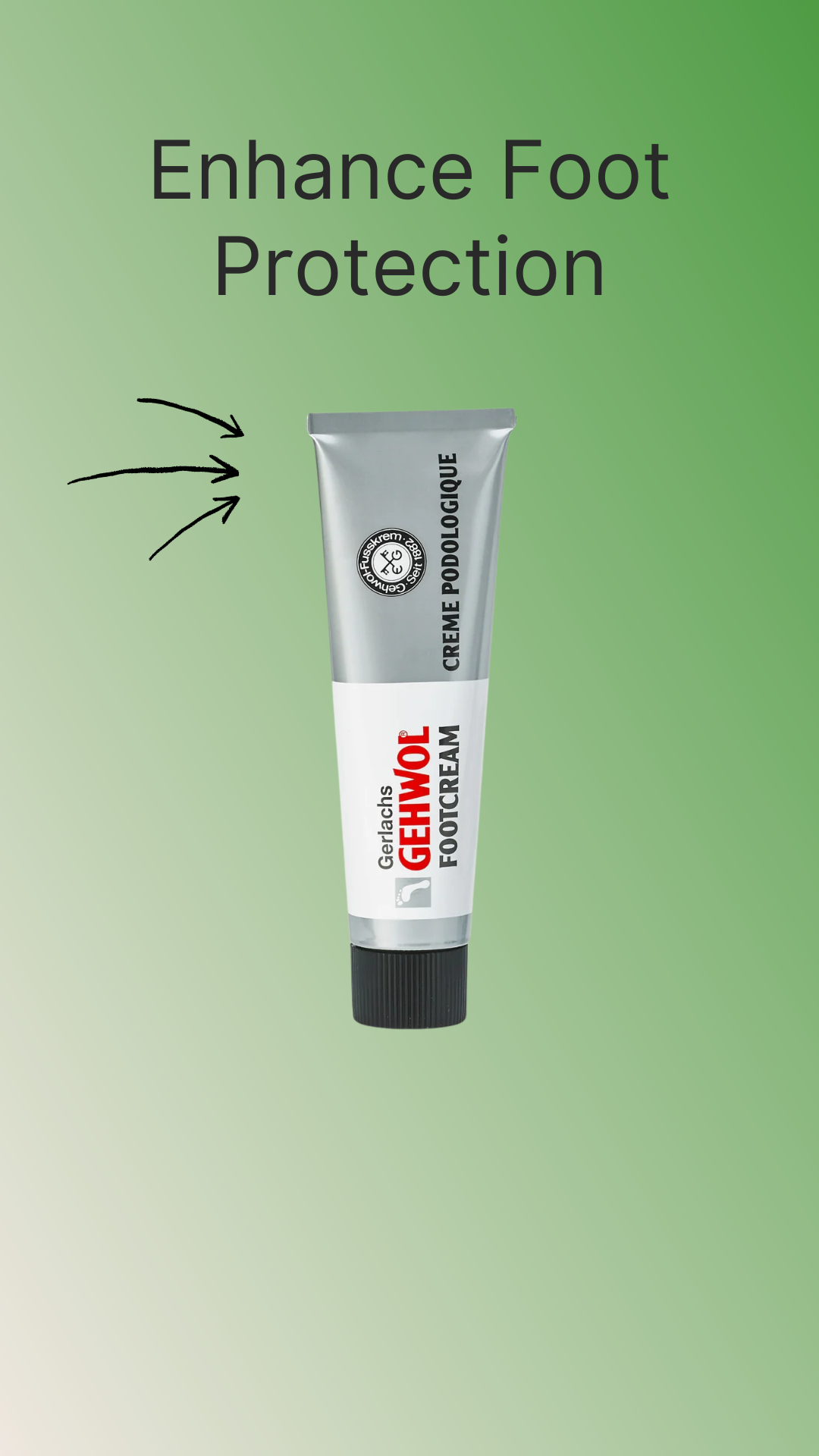Introduction
Osteoarthritis can make every step a challenge. The stiffness, swelling, and joint pain in the knees, hips, or feet can limit your mobility, reduce your independence, and make daily activities more difficult. While treatment options like physiotherapy and medication play an important role, the shoes you wear every day can significantly influence your comfort, posture, and pain levels.
Supportive footwear helps reduce the pressure on affected joints, improve alignment, and absorb shock from walking. By providing the right cushioning and support, the right shoes can turn walking from a painful chore into a more manageable, even pleasant, part of your day.
In this guide, we explore the best shoes for osteoarthritis in the UK, focusing on essential features, styles, and tips to make your choice easier. Whether you’re looking for casual, formal, or activity-specific footwear, you’ll find guidance here to support your long-term comfort.
Why Shoe Choice Matters for Osteoarthritis
For people with osteoarthritis, especially in the feet, ankles, knees, or hips, the wrong shoes can intensify pain, cause imbalance, and accelerate joint wear. Good shoes work like a well-designed cushion and stabiliser — protecting your joints while supporting healthy movement patterns.
Research shows that well-fitted orthopedic shoes can:
-
Reduce the load on joints
-
Promote better gait alignment
-
Limit strain on surrounding muscles and ligaments
-
Improve balance and stability
In short, they’re more than just shoes — they’re a daily medical aid.
Key Features to Look for in Shoes for Osteoarthritis
Contoured Arch Support
Look for shoes with built-in arch support that matches the natural shape of your foot. This helps distribute weight evenly, preventing excess strain on the knees and hips.
Rocker Bottom Sole
A rocker bottom sole encourages a smooth rolling motion when walking, reducing joint movement and limiting pressure on the forefoot and midfoot. This is particularly beneficial for people with big toe arthritis (hallux rigidus) or midfoot OA.
Cushioned Midsole
Opt for shoes with shock-absorbing midsoles that reduce the impact of each step. This is especially important for knee and hip osteoarthritis.
Wide Toe Box
Shoes with a wide, rounded toe area reduce pressure on the forefoot, accommodate swelling, and allow toes to move naturally without friction.
Extra Depth for Orthotics
If you use custom orthotics or insoles prescribed by a podiatrist, ensure the shoes have enough depth to fit them comfortably without making the shoe too tight.
Lightweight Construction
Heavy shoes add unnecessary strain to joints. Lightweight materials make walking less tiring and more comfortable over longer distances.
Adjustable Fastenings
Velcro straps or laces that allow a custom fit help accommodate swelling and foot shape changes throughout the day.
Recommended Shoe Styles for Osteoarthritis
Everyday Walking Shoes
Soft leather walking shoes with cushioned midsoles and rocker soles can provide both comfort and support for daily activities.
Supportive Trainers
Athletic shoes designed for walking or low-impact exercise offer shock absorption, arch support, and a lightweight feel.
Extra-Wide Orthopedic Shoes
For those with swelling or foot deformities linked to OA, extra-wide styles reduce pressure and accommodate custom inserts.
Slip-On Shoes with Elastic Gussets
These offer ease of wear without compromising support, ideal for people with reduced mobility or hand dexterity issues.
How to Choose the Right Shoes for Osteoarthritis
-
Measure Your Feet Regularly: Foot shape can change over time, especially with OA.
-
Try Shoes Later in the Day: Feet tend to swell, and this ensures a better fit.
-
Bring Your Orthotics: Test the fit with your prescribed insoles.
-
Test on Different Surfaces: Walk on both hard and soft surfaces before deciding.
-
Prioritise Function Over Fashion: While stylish options exist, comfort and joint protection come first.
FAQs
1. Can shoes cure osteoarthritis?
No. Shoes can’t reverse joint damage, but they can significantly reduce pain, improve mobility, and slow progression by minimising stress on joints.
2. Should I choose flat shoes or shoes with a slight heel?
A slight heel (around 1–1.5 inches) can sometimes reduce strain on certain joints, but overly high heels should be avoided.
3. Are rocker soles good for knee osteoarthritis?
Yes. Rocker soles help reduce pressure on the knee by promoting a rolling motion instead of a harsh heel-to-toe strike.
4. Do I need custom-made shoes?
Not necessarily. Many off-the-shelf orthopedic shoes offer the features needed for OA, especially if you pair them with the right orthotics.
5. Can I wear sandals with osteoarthritis?
Yes, provided they offer arch support, a cushioned sole, and adjustable straps for stability. Avoid flat, unsupportive flip-flops.
Final Thoughts
Finding the best shoes for osteoarthritis is about balancing comfort, support, and style. Look for shoes that reduce impact, improve alignment, and adapt to your daily needs. With the right footwear, you can protect your joints, stay active, and enjoy more comfortable walking every day.


